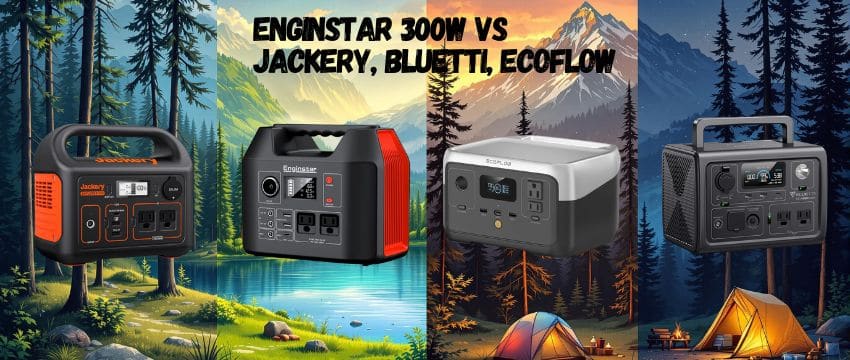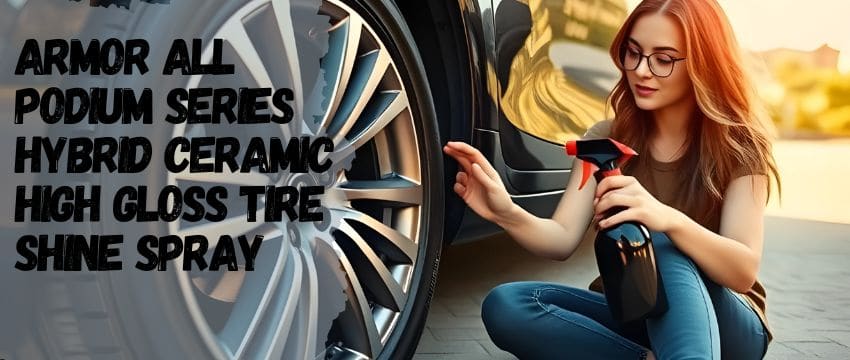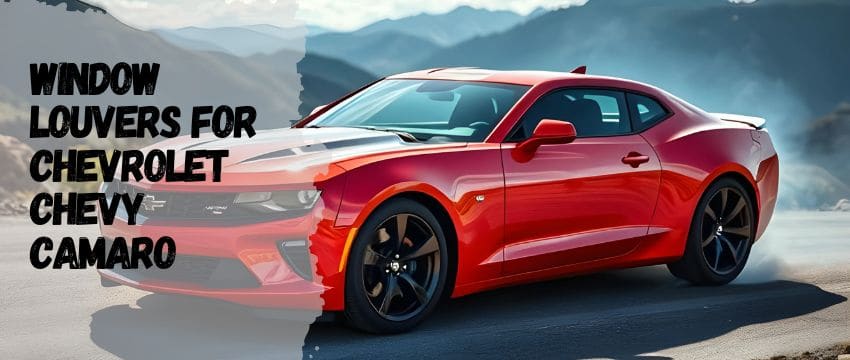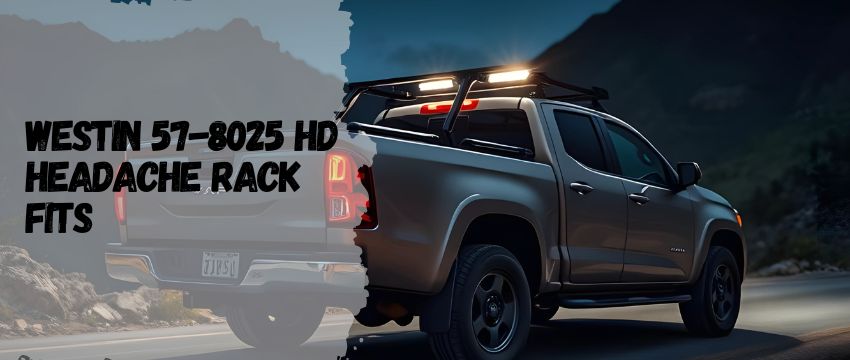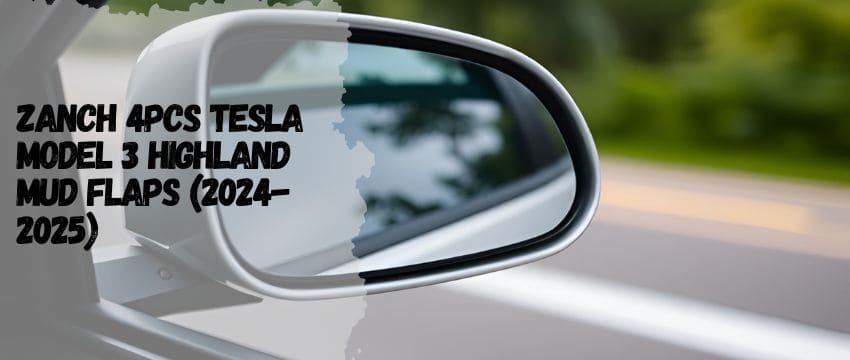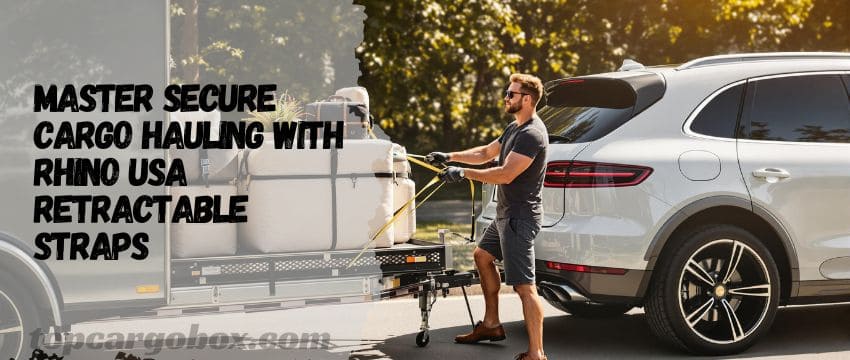What’s up, adventurer? Ever been stuck in the wild with a dead phone or a CPAP machine that won’t run? Or maybe you’ve dealt with a power outage that left you scrambling for a backup? Let’s talk about a game-changer: the EnginStar Portable Power Station 300W. This little beast is like having a mini power grid in your backpack. No more stressing over dead devices—whether you’re camping, hunting, or weathering a storm. Ready to dive into why this might be your next must-have gadget? Let’s roll.
Why You’ll Love This Power Station
Compact Design, No Grunt Work
Image | Items | Links |
|---|---|---|
 | EnginStar | |
 | Jackery | |
 | BLUETTI | |
 | EF ECOFLOW |
First off, this thing weighs just 6.5 pounds—lighter than your average toddler! With dimensions of 9 x 5.5 x 7.5 inches, it’s slim enough to toss in your trunk or even a hiking pack. No big deal, right? But don’t let the size fool you. It’s packing 296Wh of juice, which translates to a massive 80,000mAh capacity. Translation: You can charge your phone 20+ times, run a mini-fridge for hours, or keep your CPAP humming all night. Plus, the sleek black-and-orange design? Totally trail-ready.
Pure Sine Wave? Yeah, It’s a Big Deal
Here’s the kicker: The EnginStar delivers 110V pure sine wave AC power. Why should you care? Well, imagine plugging in your laptop or camera and hearing a weird buzzing noise—or worse, frying their circuits. Pure sine wave tech mimics your home’s electricity, keeping your gear safe and silent. No more worrying about damaging sensitive electronics. And with two AC outlets, you can power multiple devices without tripping a fuse. How’s that for peace of mind?
Charge It Anywhere, Seriously
Solar panels? Wall outlets? Your car? Yep, this power station does it all. Hook it up to any 12-25V solar panel (sold separately, though—bummer), and soak up the sun while you hike. At home, plug it into a wall outlet for a full charge in 7 hours. Road trip? Use your car’s 12V socket. It’s like having three lifelines in one. Plus, the built-in controller speeds up solar charging, so you’re never stuck waiting forever.
Key Features at a Glance
| Feature | Spec |
|---|---|
| Capacity | 296Wh / 80,000mAh |
| AC Output | 300W / 110V pure sine wave |
| USB-C Port | 18W fast charging |
| Weight | 6.5 lbs |
| Charging Time | 7 hours (wall outlet) |
| Device Ports | 8 outputs (AC, DC, USB, USB-C) |
| Battery Life | 1,000+ cycles (lithium-ion) |
Real-World Use: What Can You Power?
Camping Without the Chaos

Picture this: You’re roasting marshmallows, your phone’s blasting tunes, and your buddy’s drone is capturing the sunset—all thanks to the EnginStar. With 8 output ports, you’re covered for phones, laptops, lights, and even a car vacuum (because who wants dirt in their tent?). The LED flashlight is a nice touch for midnight bathroom runs, too. Pro tip: Skip the blender and microwave—this guy can’t handle those energy hogs.
Emergency Backup That Won’t Bail
When the grid goes down, this power station shines. Run a CPAP machine for 5+ hours, keep your fridge cold, or charge medical devices. The advanced battery management system prevents overheating or overloading, so you’re not playing Russian roulette with your gadgets. Plus, storing it for months? No sweat—just charge it every 2-3 months, and it’s good to go.
Road Trips Made Less Stressful
Forgot your car charger? No worries. Plug your devices into the EnginStar while cruising. The DC outputs handle car accessories like coolers or air pumps, and the USB-C port juices up your tablet in a flash. Pair it with a solar panel for endless power on cross-country drives.
Safety First, Always
Ever had a power bank overheat? The EnginStar’s voltage and temperature controls keep things chill, even during marathon charging sessions. Short circuits? Overloading? Not happening here. Plus, its lithium-ion battery is built to last 1,000+ cycles—that’s years of adventures. Store it between -4°F and 113°F, and you’re golden.
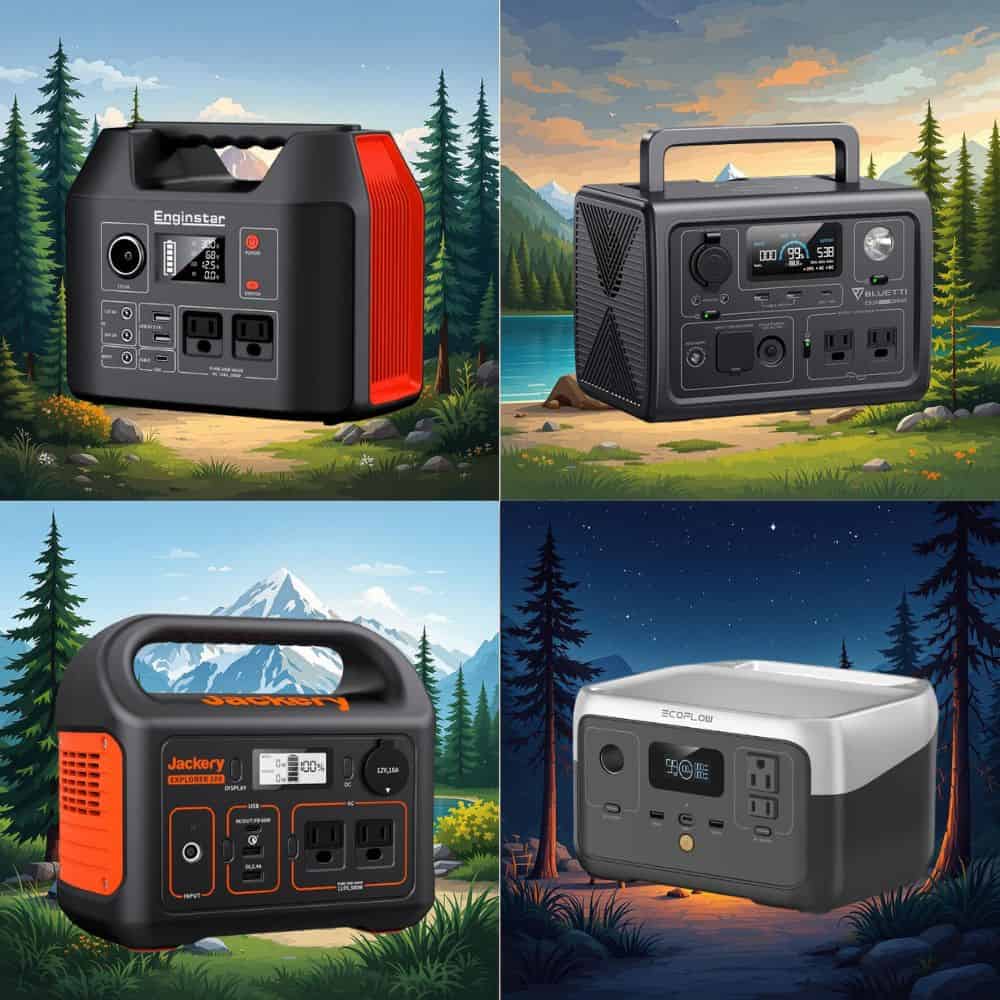
Maintenance: Keep It Fresh
Treat it right, and this power station will stick around. Fully charge it every 2-3 months if you’re not using it daily. Avoid draining it to zero—recharge once it hits 10-20%. And hey, if you’re into golf cart batteries or lead-acid tech, this lithium-ion beast is a whole different league.
Bottom Line: Worth the Hype?
Absolutely. Whether you’re a weekend warrior or prepping for emergencies, the EnginStar 300W is legit. It’s lightweight, versatile, and tough enough for real-world chaos. No more begging for outlets or lugging clunky generators. This is power, simplified.
Is It Worth Buying a Portable Power Station?
Totally! If you camp, travel, or face frequent outages, a portable power station is a lifesaver. The EnginStar’s versatility and reliability justify the cost. It’s cheaper than gas generators and way quieter. Plus, it’s eco-friendly if you pair it with solar. For real—why risk being stuck without power?
What’s the Life Expectancy?
Most quality stations, like the EnginStar, last 5-10 years. Its lithium-ion battery handles 1,000+ charge cycles, so even heavy users get years of service. Store it properly, avoid extreme temps, and it’ll stick around. Not bad for something you’ll use weekly, right?
Power Bank vs. Portable Power Station
Power banks are for phones and tablets; stations like the EnginStar handle bigger gear—CPAPs, mini-fridges, even TVs. Stations offer AC outlets, higher capacity, and multiple ports. Think of it as a power bank’s buff older sibling.
Can It Run an AC Unit?
Nah, most portable ACs need 1,000W+. The EnginStar’s 300W output can’t handle that. But it’s perfect for fans, lights, or charging devices. For ACs, you’d need a heftier model.
Will It Power a TV?
Yep! Most TVs use under 100W. The EnginStar could run a 50W TV for 5+ hours. Perfect for movie nights off-grid or during outages. Just check your TV’s wattage first.
Can You Run a Portable AC All Day?
Not with this guy. Portable ACs guzzle power—they’d drain the EnginStar in hours. But for smaller devices, it’s a champ. Save the AC for home outlets or a bigger station.
Catch you later, power guru! Ready to ditch dead batteries for good?
Comparing Top Portable Power Stations: EnginStar, Jackery, BLUETTI, and ECOFLOW

Jackery

BLUETTI

EF ECOFLOW
What’s up, power-hungry friend? Let’s get real—you’re tired of sifting through endless options for a portable power station that won’t quit on you mid-campfire jam session or leave your CPAP machine dead during a blackout. How’s it going with your search so far? Overwhelmed? I get it. Between the EnginStar 300W, Jackery Explorer 300, BLUETTI EB3A, and EF ECOFLOW RIVER 2, picking the right one feels like choosing a pizza topping for a group of picky eaters. What if there was a smarter way to cut through the specs and find the one that actually vibes with your life—whether you’re charging drones in the backcountry or keeping the lights on during a storm?
Here’s the deal: Imagine needing to power your gear for three days straight but getting stuck with a station that conks out after 5 hours. Not cool, right? The EnginStar packs 296Wh—enough to juice a 50W device for roughly 5 hours—while the Jackery’s 293Wh battery does similar heavy lifting. But wait, the BLUETTI EB3A’s 268Wh LiFePO4 battery laughs at those numbers with 2,500+ charge cycles, meaning it’ll outlast the others by years. And the ECOFLOW? It’s the speed demon of the group, hitting 100% charge in 1 hour—perfect if you’re the type who forgets to plug things in until the last minute. For real, how do you even pick when one’s built like a tank and another’s lighter than your backpack?
Let’s break it down without the grunt work. Ever tried charging a power station with solar while hiking? The EnginStar and Jackery need 7 hours and 5.5 hours, respectively, under ideal sun—good luck if clouds roll in. BLUETTI’s 80% charge in 30 minutes sounds legit, but it weighs 10 pounds, which sucks if you’re hauling it up a trail. Meanwhile, the ECOFLOW’s 7.7-pound frame and 3,000-cycle battery make it a backpacker’s dream… unless you need to run a microwave. Nice try, but no portable AC here. So, are you after raw power, speed, or something that won’t break your back? Your answer decides whether you’re team “charge-it-and-forget-it” or “survive-the-apocalypse”.
Battery Tech & Capacity: What’s Under the Hood?
EnginStar 300W packs a 296Wh lithium-ion battery with 1,000+ charge cycles. It’s solid for weekend trips or CPAP users needing overnight power. But lithium-ion degrades faster over time compared to newer tech.
Jackery Explorer 300 is similar (293Wh, lithium-ion), but with a slightly lower cycle life (around 500 cycles). It’s reliable but won’t last as long as LiFePO4 options.
BLUETTI EB3A steps up with a 268Wh LiFePO4 battery—safer, longer-lasting (2,500+ cycles), and better for heavy use. The tradeoff? It’s heavier at 10 lbs.
ECOFLOW RIVER 2 uses 256Wh LiFePO4 but boasts a crazy 3,000+ cycles. Perfect if you’re after a decade of use, though its smaller capacity means shorter runtime per charge.
Power Output & Surge: Can It Handle Your Gear?
EnginStar and Jackery both offer 300W AC outputs, ideal for phones, laptops, or mini-fridges. But they’ll choke on high-surge devices like blenders.
BLUETTI EB3A flexes with 600W continuous (1,200W surge)—enough to run a microwave or power tools. This one’s for serious users who need muscle.
ECOFLOW RIVER 2 matches BLUETTI’s 600W output but lacks surge power. It’s great for steady loads like lights or TVs but might struggle with motor-driven gadgets.
Charging Speed: Who’s the Quickest?
EnginStar takes 7 hours via a wall outlet—kinda slow. Solar or car charging? You’ll need patience.
Jackery shines here: 80% in 2 hours using wall + USB-C. Solar? 5.5 hours with their SolarSaga panel.
BLUETTI is a speed demon: 80% in 30 minutes with dual charging (AC + solar). Perfect if you’re always on the move.
ECOFLOW tops them all: 0 to 100% in 1 hour via AC. Solar? 2.3 hours with a 110W panel. If you hate waiting, this is your jam.
Ports & Versatility: How Many Gadgets Can You Plug In?
EnginStar boasts 8 ports, including dual AC outlets and a 18W USB-C. Great for families or group trips.
Jackery offers 6 ports, including a 60W USB-C PD port that can charge the unit itself. Sleek for minimalist setups.
BLUETTI dominates with 9 outlets, including two AC ports and a car outlet. Overlanders or home-backup folks will love this.
ECOFLOW has 6 ports but includes two 600W AC outlets. It’s streamlined but still handles multiple devices.
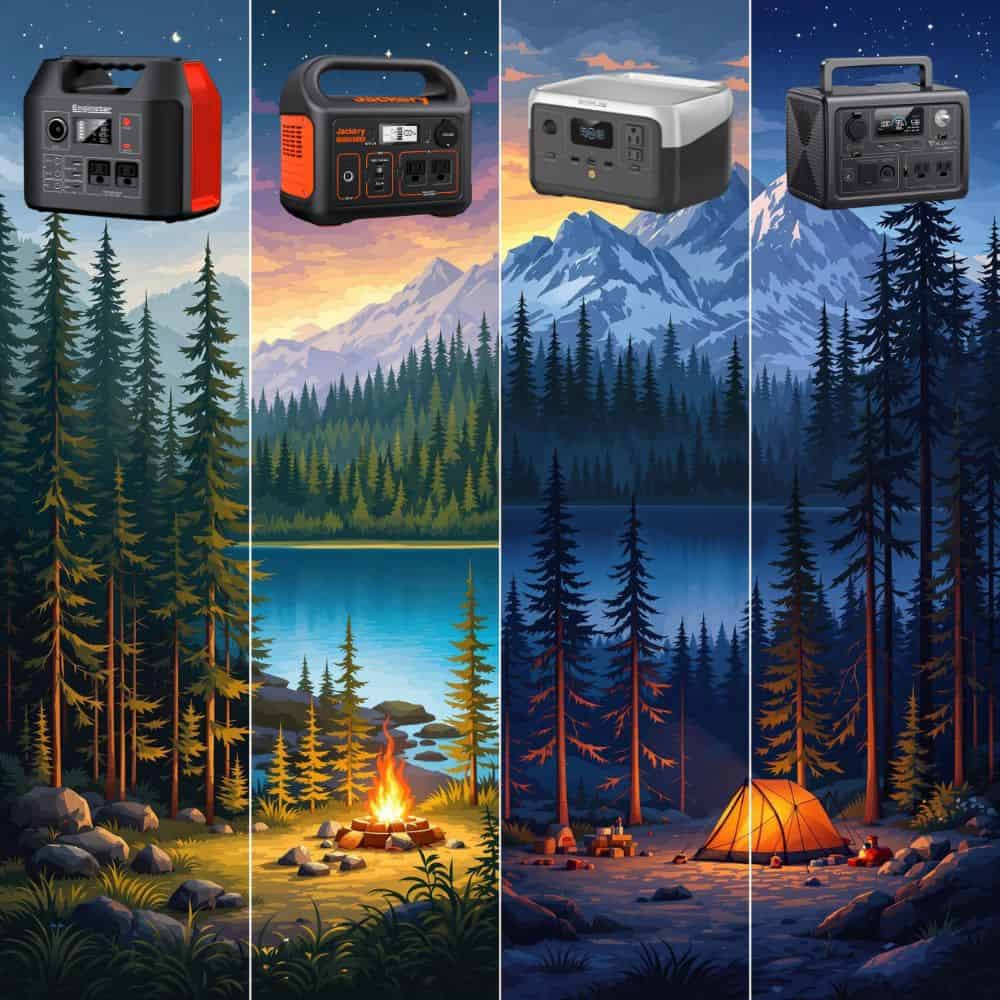
Who’s It For? Use Cases Unpacked
- EnginStar: Campers and CPAP users needing lightweight, reliable power. The flashlight and digital display add outdoor convenience.
- Jackery: Road-trippers and casual campers who want fast charging and brand trust. Its 7.1 lbs weight won’t break your back.
- BLUETTI: Home backup warriors or solar enthusiasts. The UPS function keeps critical devices running during outages.
- ECOFLOW: Minimalists who prioritize speed. Backpackers or van-lifers will dig the 7.7 lbs weight and rapid recharge.
Design & Durability: Built to Last?
EnginStar and Jackery use rugged plastic shells—good for tossing in a trunk but not ultra-premium.
BLUETTI feels sturdier, thanks to its industrial design. The LiFePO4 battery also handles extreme temps better (-10°C to 40°C).
ECOFLOW wins on portability with a slim profile and built-in handle. It’s the easiest to lug up a trail.
Brand Rep & Tech: Who’s Leading the Pack?
- EnginStar: A budget-friendly underdog. Solid features but less brand recognition.
- Jackery: A household name in solar generators. Their MPPT tech optimizes solar input, but innovation has slowed lately.
- BLUETTI: Innovates with LiFePO4 and ultra-fast charging. Their focus on home backup sets them apart.
- ECOFLOW: Masters of speed (X-Stream tech) and battery longevity. Ideal for techies who want cutting-edge.
The Downsides: Where Do They Fall Short?
- EnginStar: Slow charging, no LiFePO4 option, and basic solar compatibility. Not for power-hungry users.
- Jackery: Lower cycle count and no surge power. Feels outdated next to BLUETTI and ECOFLOW.
- BLUETTI: Heavier and pricier. Overkill for casual users who just need phone charging.
- ECOFLOW: Smaller capacity means shorter runtime. Not ideal for running fridges or medical devices all night.
Final Take: Which One Should You Grab?
- For CPAP users/campers: EnginStar—lightweight and affordable.
- For road trips: Jackery—fast charging and trusted brand.
- For home backup/solar fans: BLUETTI—durable and powerful.
- For speed demons: ECOFLOW—charge in a coffee break.
Whichever you pick, you’re ditching dead batteries and embracing freedom. Now, go power that adventure! 🔌✨
Comparison Table:
Feature | EnginStar 300W | Jackery Explorer 300 | BLUETTI EB3A | ECOFLOW RIVER 2 |
|---|---|---|---|---|
Battery Capacity | 296Wh (80,000mAh) | 293Wh (20.4Ah, 14.4V) | 268Wh (LiFePO4) | 256Wh (LiFePO4) |
Battery Type | Lithium-ion | Lithium-ion | LiFePO4 (Safer, Longer Life) | LiFePO4 (10-Year Life) |
Charge Cycles | 1,000+ | 500+ | 2,500+ | 3,000+ |
AC Output | 300W (Pure Sine Wave) | 300W (Pure Sine Wave) | 600W (1,200W Surge) | 600W |
AC Outlets | 2 | 2 | 2 | 2 |
USB Ports | 3x USB-A, 1x USB-C (18W) | 1x USB-A (QC 3.0), 1x USB-C (60W PD) | 2x USB-A, 1x USB-C (100W PD) | 2x USB-A, 1x USB-C (100W PD) |
DC Outputs | 2x 12V/24V DC, 1x Car Port | 1x 12V Car Port | 1x 12V Car Port | 1x 12V Car Port |
Solar Input | 65W Max (12-25V Panel) | 60W Max (SolarSaga 100W Panel) | 200W Max (MPPT Controller) | 110W Max (X-Stream Fast Charging) |
Wall Charge Time | 7 Hours | 4 Hours (80% in 2H) | 4.5 Hours (80% in 30M w/ AC+Solar) | 1 Hour (Fastest AC Charging) |
Solar Charge Time | 7-8 Hours | 5.5 Hours (w/ 100W Panel) | 4-5 Hours (w/ 200W Panel) | 2.3 Hours (w/ 110W Panel) |
Weight | 6.5 lbs | 7.1 lbs | 10 lbs | 7.7 lbs |
Dimensions | 9 x 5.5 x 7.5 in | 9.1 x 5.2 x 7.8 in | 10.1 x 7.2 x 7.7 in | 9.6 x 8.4 x 5.5 in |
Max Devices | 8 Ports | 6 Ports | 9 Ports | 6 Ports |
Surge Protection | No | No | Yes (1,200W Surge) | No |
UPS Function | No | No | Yes (Instant Backup Power) | No |
Display | Digital Screen + LED Indicators | Basic LED Indicators | Digital Display | LCD Touchscreen |
Best For | Budget Camping, CPAP Users | Road Trips, Casual Camping | Home Backup, Heavy-Duty Use | Fast Charging, Backpacking |
Price Range | $$ (Mid-Range) | $$ (Mid-Range) | $$$ (Premium) | $$$ (Premium) |
Our team is creating outdoor-gear relevant articles with passion. If our articles can help you to find the correct solutions for your questions, we will be happy about that. In the content creation process, we usually collect accurate and useful information online or offline to compile our content in an organized way. Consequently, we can guarantee that you can discover some expected answers to your questions. We appreciate your time on our site.

